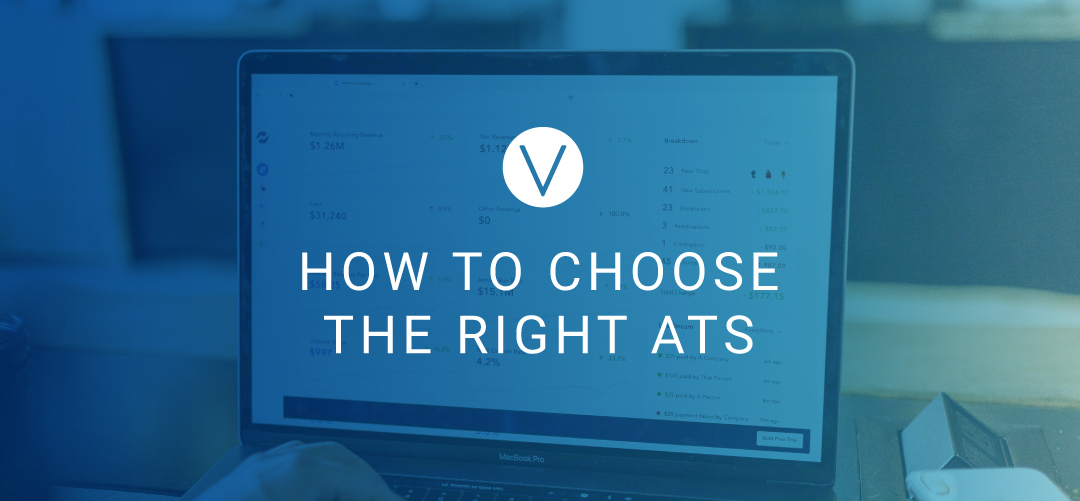 When beginning to research an Applicant Tracking System (ATS) for a small-to-medium-sized company, the information and choices can quickly become overwhelming. How do you know which platform is the right fit for your specific recruitment needs? There is no one-size-fits-all solution for companies when it comes to choosing an ATS, and factors like features, budget, tech integration and automation should all be considered when creating a shortlist of potential systems. So how to choose the right ATS? Read on.
When beginning to research an Applicant Tracking System (ATS) for a small-to-medium-sized company, the information and choices can quickly become overwhelming. How do you know which platform is the right fit for your specific recruitment needs? There is no one-size-fits-all solution for companies when it comes to choosing an ATS, and factors like features, budget, tech integration and automation should all be considered when creating a shortlist of potential systems. So how to choose the right ATS? Read on.
Prioritize Specific Must-Haves
Collaborate across departments or with anyone who will be involved in the recruitment and hiring process to put together a list of ATS must-haves. If you practice collaborative hiring, receiving input from colleagues is essential for buy-in and to ensure the chosen ATS checks off all the necessary boxes in terms of features.
Use a comparative online list, such as Capterra, to give you a quick rundown of varying features and benefits for each platform. Some important features to consider are:
- Ability to post to multiple job boards from a single source
- Intuitive interface
- Automated reporting
- Customer support
- Rating and ranking of candidates
- Integration with other software and tools
- Integrated email inbox
Participate in a Demo
Once you’ve created a list of 2-3 potential ATS systems for further review, take advantage of any live demos or walk-throughs with a sales representative. During the demo, include important team members and come prepared with a list of higher-level questions. Now is the time to get a deep dive into the system, making sure the interface feels right for your specific recruitment techniques. Additionally, an effective ATS should help to alleviate some of your biggest recruitment challenges and hurdles, like high-volume hiring and continuous sourcing of candidates or improvements to efficiency and time-saving features. Some additional, deeper level questions include:
- What capabilities does your ATS have for employee onboarding?
- How configurable is your ATS (i.e. single vs. multiple workflows)?
- How does your recruitment solution support a positive candidate experience?
- Does your ATS provide any level of customization for employer branding?
- Describe the reporting capabilities of your system and list the recruiting metrics it delivers.
- How does your system manage compliance with employment laws and internal policies and procedures that govern recruiting and hiring?
Determine Your Preferred Payment Model
Most ATS vendors offer one of two common payment models, and choosing the one that works best for your company is an important part of the process. Most ATS systems are deployed in the cloud, meaning they host the software and the customer pays a monthly or annual subscription fee.
- Pay per user: this price structure charges companies based on the number of employees who have access to the platform.
- Pay per position: another popular price structure is based on the number of open positions in the organization. This method typically accepts unlimited applications for each job, and allows an unlimited number of users. ATS vendors that offer this structure tend to be more focused on posting open job positions across job boards and have fewer features, such as screening candidates.
It is also important to ask the ATS sales representative if there are any other fees outside of the monthly charge, like training, additional features not included in your subscription, or even customer support.

